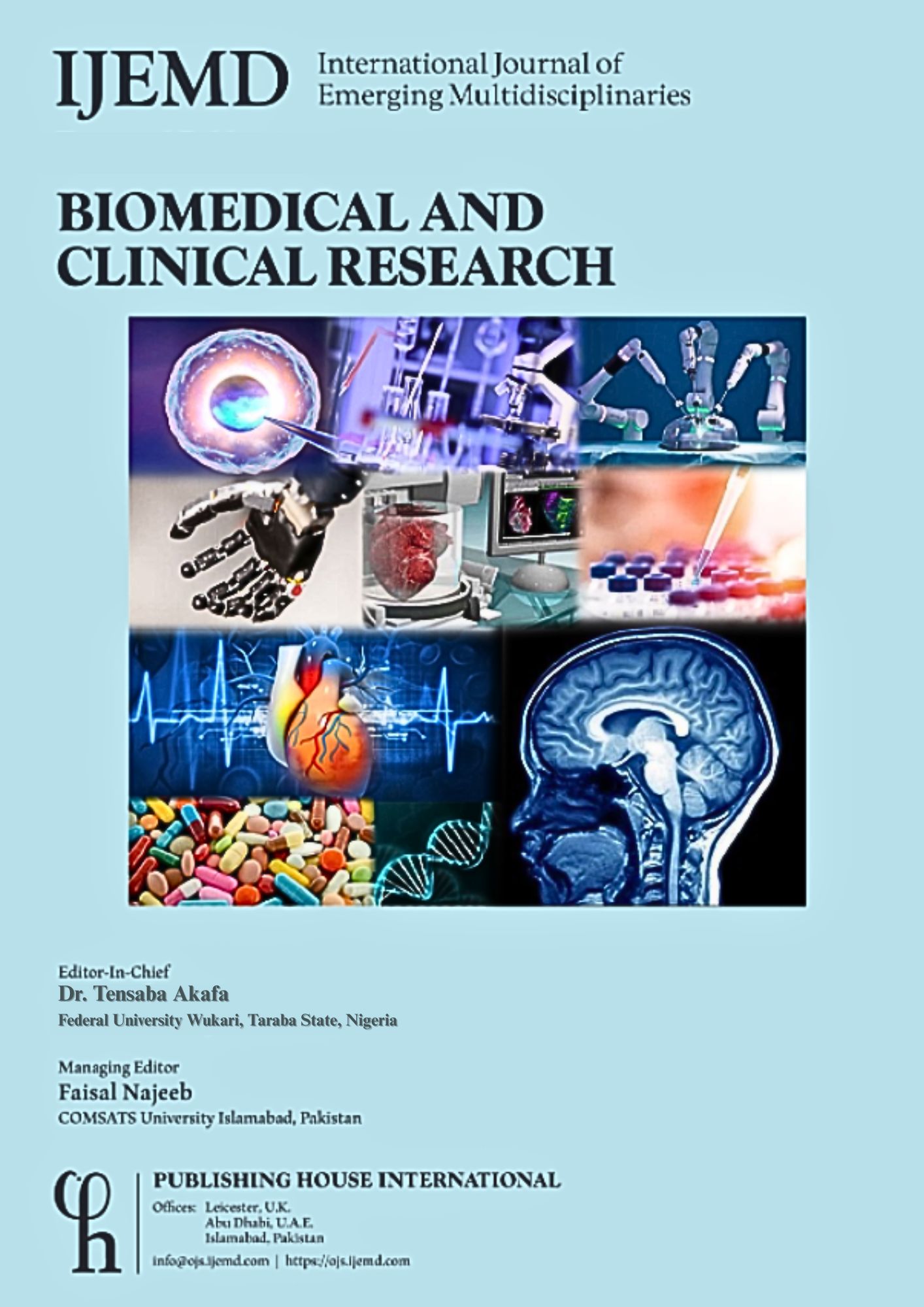The Evaluation of The Effects of Hairdressing Saloon Effluent on The Survival of Juvenile African Catfish (Clarias gariepinus) And The Growth of Cucumber (Cucumis Sativum).
DOI:
https://doi.org/10.54938/ijemdbmcr.2025.03.1.478Keywords:
Salon water, Juveniles, Catfish, Cucumber, Environment, HazardAbstract
Hairdressing salons produce effluents that contain a variety of chemicals, including dyes, shampoos, and conditioners, which can enter urban waterways. These effluents pose potential risks to both aquatic ecosystems and agricultural environment. This research aims to investigate the effects of hairdressing salon effluents on the behavioral and survival of juvenile cat fish and the growth parameters of cucumber (Cucumis sativus). The study was conducted in botanical garden of Biological Sciences Department, Kaduna State University. Juvenile cat fish (Clarias gariepinus) were sourced from a certified supplier in Kaduna metropolis, while the Cucumis seeds were obtained from central market, Kaduna State. The juveniles were acclimatized in a quarantine tank for 7days and divide into 4 groups. In four water tanks, 10%, 30%, 50% concentrations of the effluent were added and 120 liters of non-effluent control. The divided juveniles were introduced to the various tanks and a temperature of 24 - 26℃, pH 6.5-7.5 were maintained and monitored. The irrigation treatments consisted of salon wastewater and tap water in a randomized complete block design (RCBD) in three replications. The waste water sample was analyzed for physio-chemical analysis at Kaduna state environmental protection authority (KEPA) using standard method while growth parameters were recorded up to 6 weeks after planting. The study observed a marked decrease in the survival rate and activity levels of juvenile cat fish as the concentration of effluent increased. High survival rate and increased activity was observed in the control group 100%, while survival rates for the low, medium, and high effluent concentration groups were 66.71%, 33.33%, and 0%, respectively. The stem girth and leaf area were not significantly affected by effluent during the period of evaluation but leaf numbers and plant length differ significantly from second week of growth. Some parameters (TDS = 840, Pb=0.24, Cd=0.46, Cu=1.63, Ni= 0.72) show concentration above the permissible limit. Raising awareness among salon owners and the general public about the potential environmental impact of hairdressing waste is essential. However, appropriate wastewater treatment and water management practices have to be followed to remove the toxic elements which could pose hazards to vegetable production and the environment.










